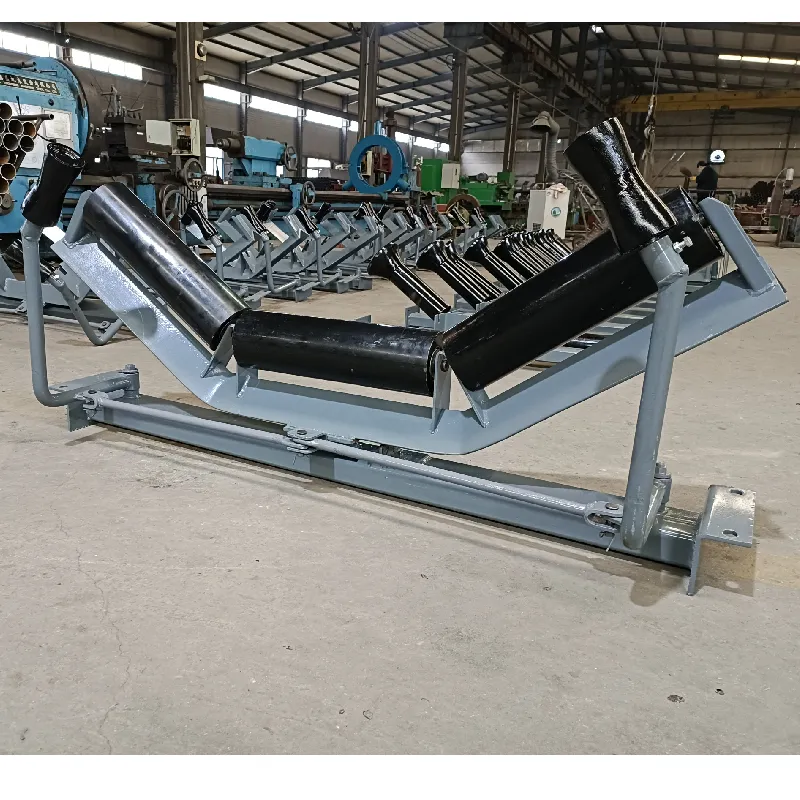 Afrikaans
Afrikaans  Albanian
Albanian  Amharic
Amharic  Arabic
Arabic  Armenian
Armenian  Azerbaijani
Azerbaijani  Basque
Basque  Belarusian
Belarusian  Bengali
Bengali  Bosnian
Bosnian  Bulgarian
Bulgarian  Catalan
Catalan  Cebuano
Cebuano  Corsican
Corsican  Croatian
Croatian  Czech
Czech  Danish
Danish  Dutch
Dutch  English
English  Esperanto
Esperanto  Estonian
Estonian  Finnish
Finnish  French
French  Frisian
Frisian  Galician
Galician  Georgian
Georgian  German
German  Greek
Greek  Gujarati
Gujarati  Haitian Creole
Haitian Creole  hausa
hausa  hawaiian
hawaiian  Hebrew
Hebrew  Hindi
Hindi  Miao
Miao  Hungarian
Hungarian  Icelandic
Icelandic  igbo
igbo  Indonesian
Indonesian  irish
irish  Italian
Italian  Japanese
Japanese  Javanese
Javanese  Kannada
Kannada  kazakh
kazakh  Khmer
Khmer  Rwandese
Rwandese  Korean
Korean  Kurdish
Kurdish  Kyrgyz
Kyrgyz  Lao
Lao  Latin
Latin  Latvian
Latvian  Lithuanian
Lithuanian  Luxembourgish
Luxembourgish  Macedonian
Macedonian  Malgashi
Malgashi  Malay
Malay  Malayalam
Malayalam  Maltese
Maltese  Maori
Maori  Marathi
Marathi  Mongolian
Mongolian  Myanmar
Myanmar  Nepali
Nepali  Norwegian
Norwegian  Norwegian
Norwegian  Occitan
Occitan  Pashto
Pashto  Persian
Persian  Polish
Polish  Portuguese
Portuguese  Punjabi
Punjabi  Romanian
Romanian  Russian
Russian  Samoan
Samoan  Scottish Gaelic
Scottish Gaelic  Serbian
Serbian  Sesotho
Sesotho  Shona
Shona  Sindhi
Sindhi  Sinhala
Sinhala  Slovak
Slovak  Slovenian
Slovenian  Somali
Somali  Spanish
Spanish  Sundanese
Sundanese  Swahili
Swahili  Swedish
Swedish  Tagalog
Tagalog  Tajik
Tajik  Tamil
Tamil  Tatar
Tatar  Telugu
Telugu  Thai
Thai  Turkish
Turkish  Turkmen
Turkmen  Ukrainian
Ukrainian  Urdu
Urdu  Uighur
Uighur  Uzbek
Uzbek  Vietnamese
Vietnamese  Welsh
Welsh  Bantu
Bantu  Yiddish
Yiddish  Yoruba
Yoruba  Zulu
Zulu Adjustable Conveyor Roller for Improved Material Handling Efficiency
Understanding Idler Conveyor Rollers A Vital Component in Material Handling
In the world of material handling and bulk material transportation, conveyor systems play a crucial role in enhancing efficiency and workflow. Among the many components that make up these systems, idler conveyor rollers stand out as essential elements that ensure smooth and reliable operation. This article delves into what idler conveyor rollers are, their types, functions, and why they are pivotal in various industries.
What Are Idler Conveyor Rollers?
Idler conveyor rollers are cylindrical components located strategically along a conveyor belt system. Their primary purpose is to support the weight of the belt and the material being transported. Unlike driven rollers, which are powered to move the conveyor belt, idler rollers are passive and rely on the motion of the belt to rotate. They help maintain the proper alignment and tension of the conveyor belt, allowing for the efficient movement of materials in various operational environments.
Types of Idler Rollers
Idler rollers come in various types and designs, each suited for specific applications
1. Flat Idlers These are the most common type used in conveyor systems. They provide a flat surface for the conveyor belt to rest on, minimizing friction and wear.
2. Trough Idlers Designed to carry bulk materials, trough idlers have a slightly angled shape which forms a 'trough.' This design helps to contain the materials being transported, preventing them from spilling off the edges of the conveyor belt.
3. Return Idlers Located on the return side of the conveyor belt, these rollers support the empty belt as it returns to the loading area. They help maintain the belt's alignment and reduce wear.
4. Impact Idlers Positioned in areas where heavy materials are loaded onto the conveyor belt, impact idlers are designed to absorb and dissipate the energy from falling materials, thereby protecting the conveyor structure from significant damage.
Functions of Idler Conveyor Rollers
idler conveyor roller

The functions of idler conveyor rollers extend beyond mere support. They play a critical role in enhancing the overall performance and longevity of conveyor systems. Here are some of the key functions
1. Weight Support Idler rollers bear the weight of the conveyor belt and its load, distributing the stress evenly across the system.
2. Belt Alignment and Tension Proper alignment of the conveyor belt is crucial for preventing wear and misalignment. Idler rollers help keep the belt on its predetermined path and maintain optimal tension.
3. Reducing Friction By providing a smooth surface for the conveyor belt, idler rollers reduce friction and, in turn, minimize energy consumption. This makes the system more efficient and cost-effective.
4. Minimizing Wear and Tear By supporting the belt and improving its alignment, idler rollers help reduce wear and tear on both the belt and the conveyor framework, prolonging the lifespan of the equipment.
Importance in Various Industries
Idler conveyor rollers find applications across a wide range of industries, including mining, manufacturing, pharmaceuticals, and logistics. Their ability to handle heavy loads and maintain system integrity makes them indispensable in environments where efficiency is paramount.
For instance, in the mining sector, idler rollers are crucial for transporting mined materials across challenging terrains. In manufacturing, they streamline the movement of products through assembly lines. Similarly, in the logistics industry, these rollers facilitate the quick and efficient transportation of goods within warehouses.
Conclusion
Idler conveyor rollers may seem like simple components of a conveyor system, but their impact on operational efficiency and maintenance is profound. By understanding their roles, businesses can better appreciate the importance of investing in high-quality rollers that enhance the performance of their conveyor systems. As industries continue to evolve and demand more efficient material handling solutions, the significance of idler conveyor rollers will only continue to grow.
-
Revolutionizing Conveyor Reliability with Advanced Rubber Lagging PulleysNewsJul.22,2025
-
Powering Precision and Durability with Expert Manufacturers of Conveyor ComponentsNewsJul.22,2025
-
Optimizing Conveyor Systems with Advanced Conveyor AccessoriesNewsJul.22,2025
-
Maximize Conveyor Efficiency with Quality Conveyor Idler PulleysNewsJul.22,2025
-
Future-Proof Your Conveyor System with High-Performance Polyurethane RollerNewsJul.22,2025
-
Driving Efficiency Forward with Quality Idlers and RollersNewsJul.22,2025





























